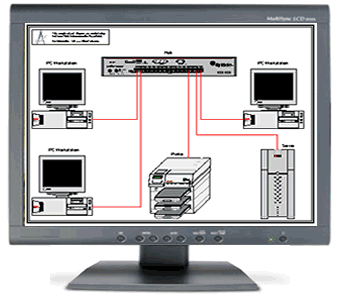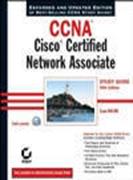

|
project,economics,and cost management |
|
Education and Consulting |
|
networking |

|
E-mail: Mort@Anvari.Net |

|
|

|
Introduction to Networking: Introduces the basic concepts of computer networks. Covers basic topologies, protocols, performance issues, and software for LANS / WANS. Assumes student has basic computer knowledge. |
|
Enhanced Network+ Guide to Networks |
|
Network Infrastructure Design: The following charts provide students with the knowledge and skills needed to design a network for a peer network or a server-centric environment. Topics covered include network topology, routing, IP addressing, name resolution, virtual private networks, remote access, and telephony solutions . |
|
Internetworking Basics: This course provides the student with the knowledge to start configuring routers and their interfaces with different protocols. Topics covered include router startup, router setup, configuring router interfaces, and the basics of network management. |
|
NETWORK ARCHITECTURE AND ANALYSIS: |


|
|
|
|
|